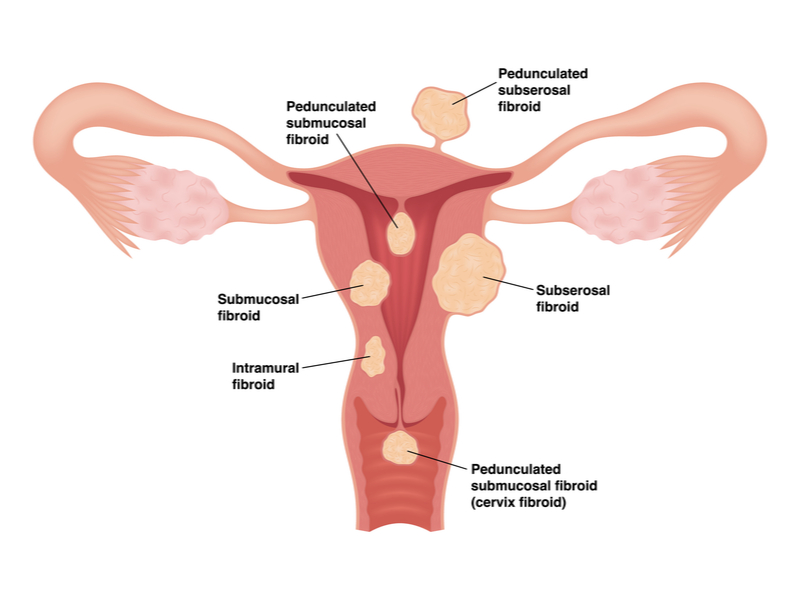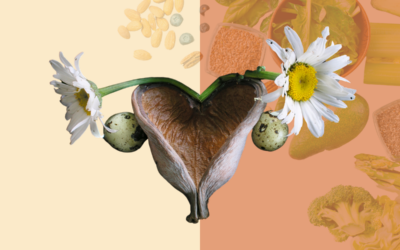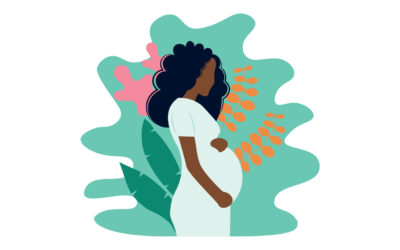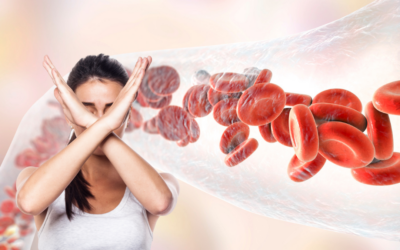How Do You Know If You Have Fibroids?
Uterine fibroids (also known as leiomyomas or myomas) are the most common benign tumors in women of reproductive age, originating from myometrial smooth muscle cells of the uterus.
The morphology of uterine fibroids may vary greatly:
- They can be solitary or appear in multiple clusters.
- Their size range is considerable, from minuscule to giant masses of 20cm of diameter.
Uterine leiomyomas are classified based on location:
- subserosal (projecting outside the uterus)
- intramural (within the myometrium)
- submucosal (projecting into the uterine cavity).
Some fibroids develop on stalks that grow out from the surface of the uterus or into the cavity of the uterus. They might look like mushrooms. These are called pedunculated fibroids.
Size, number, and location of the fibroid affect symptomatology and treatment options.
The Uterine Fibroid-Friendly Diet: Food as Medicine
Uterine fibroids are a complex non-cancerous condition that affects between 40% to 80% of women of childbearing age, all around the world. The effects of uterine fibroids vary from case to case because of factors such as location, size and other characteristics....
Fibroids and pregnancy: symptoms, effects and treatments
Uterine fibroids are non-cancerous tumors that can develop inside the uterus. Some women with fibroids experience severe side-effects, that can affect their quality of life and overall health. Pain, heavy periods, and frequent urination are common, but infertility is...
A proven alternative to uterine fibroid surgery: Uterine Fibroid Embolization (UFE)
Uterine fibroids is a complex condition, that could affect your everyday life. Most of the recurring symptoms of this pathology, such as heavy menstrual bleeding, pelvic pain, frequent urination, backache, and leg pain, can become extremely overwhelming, especially...




